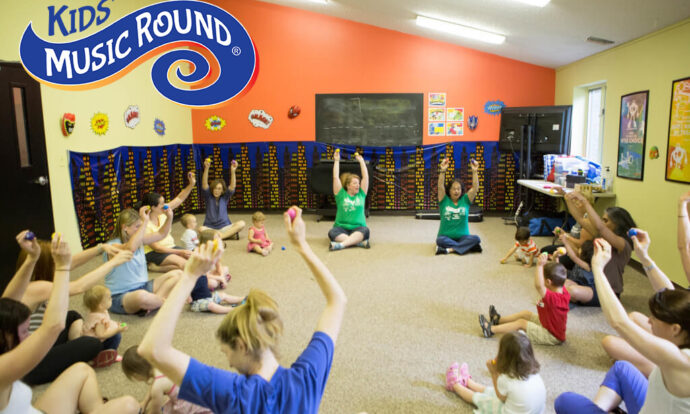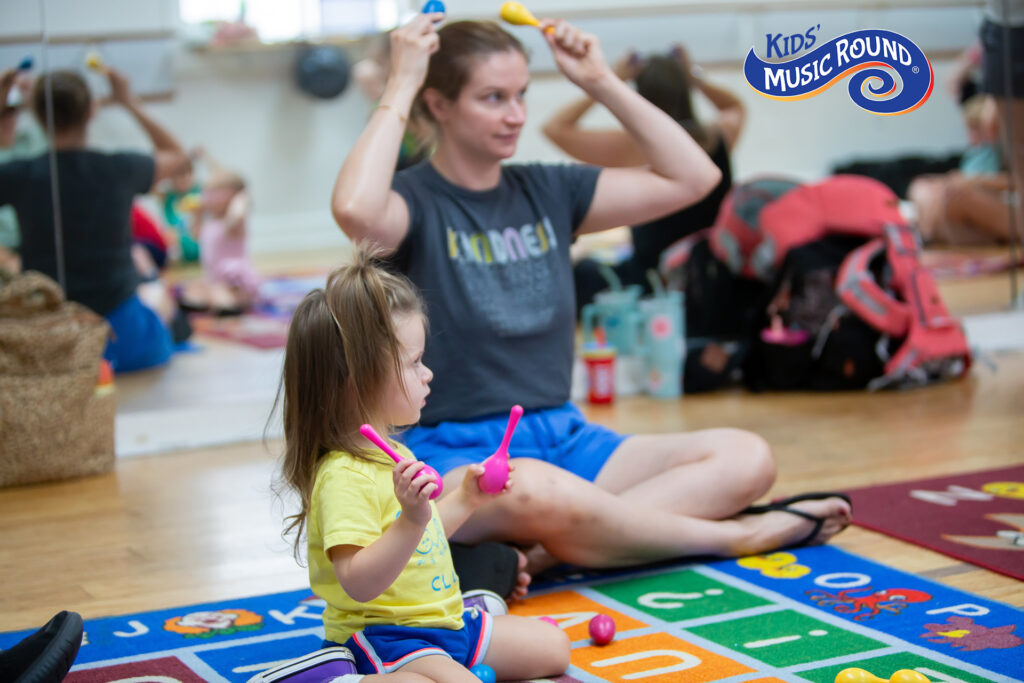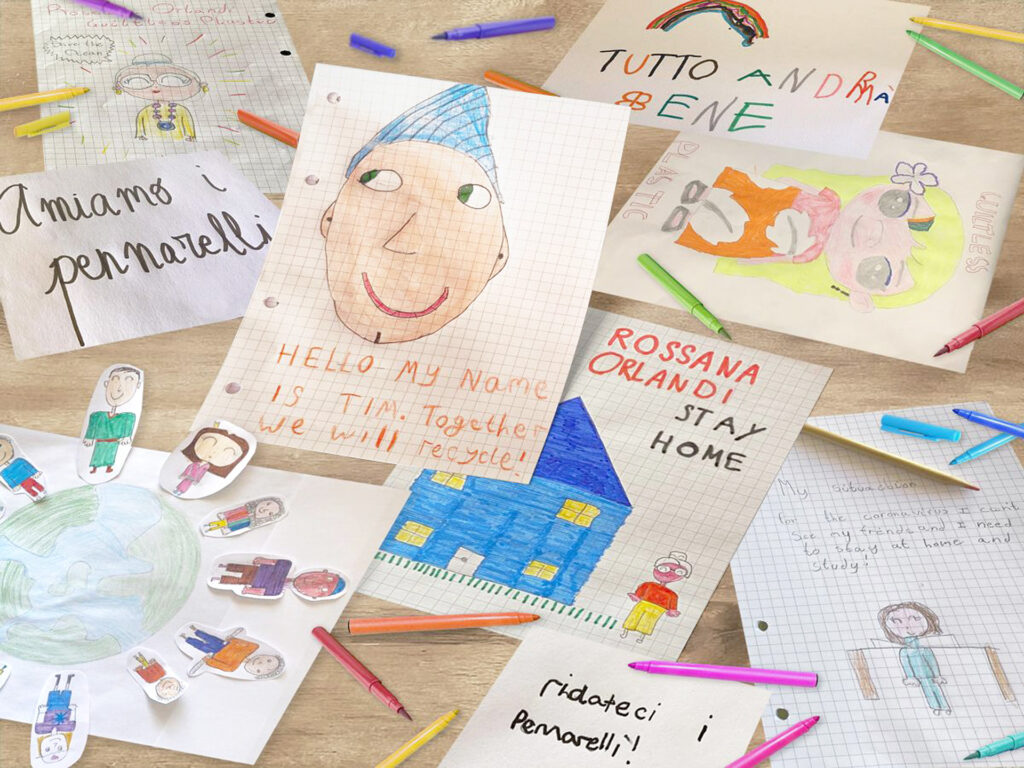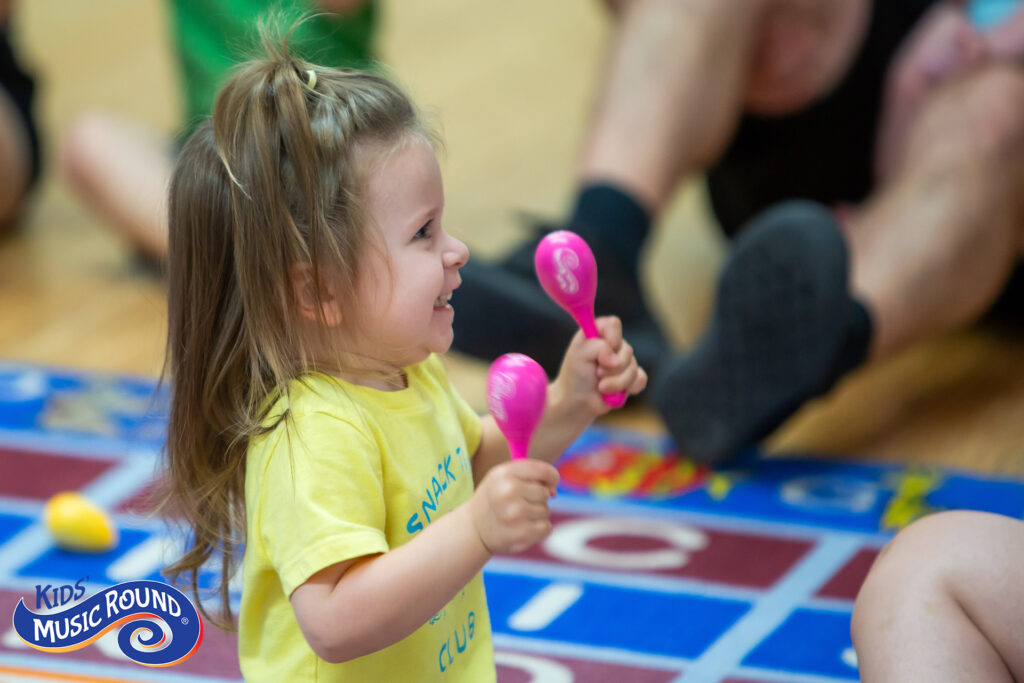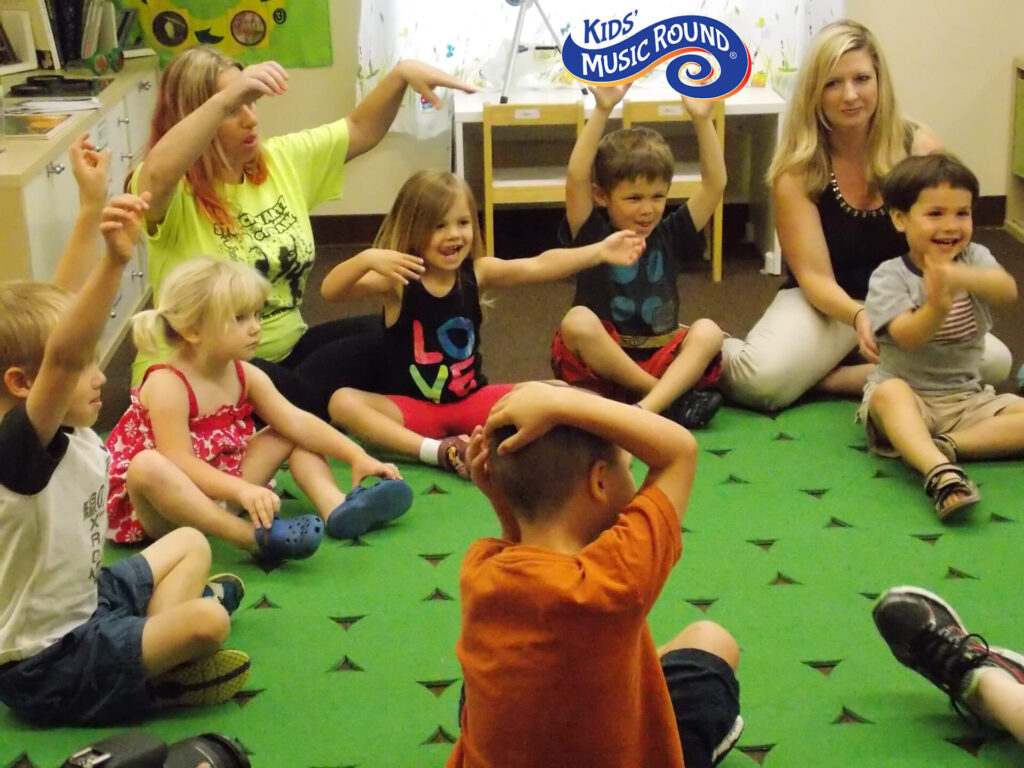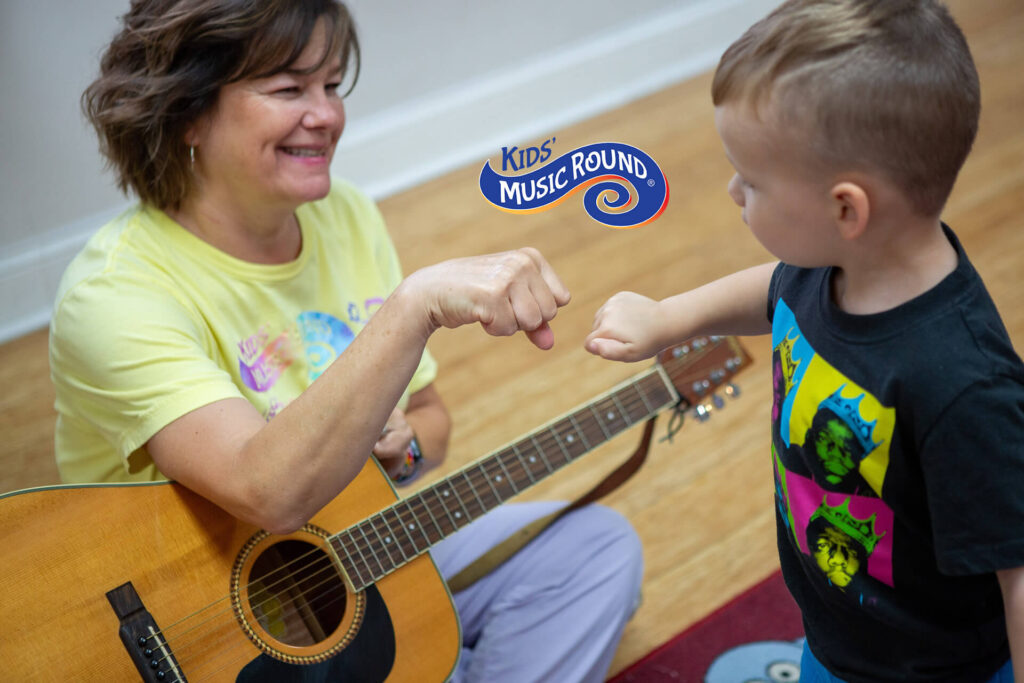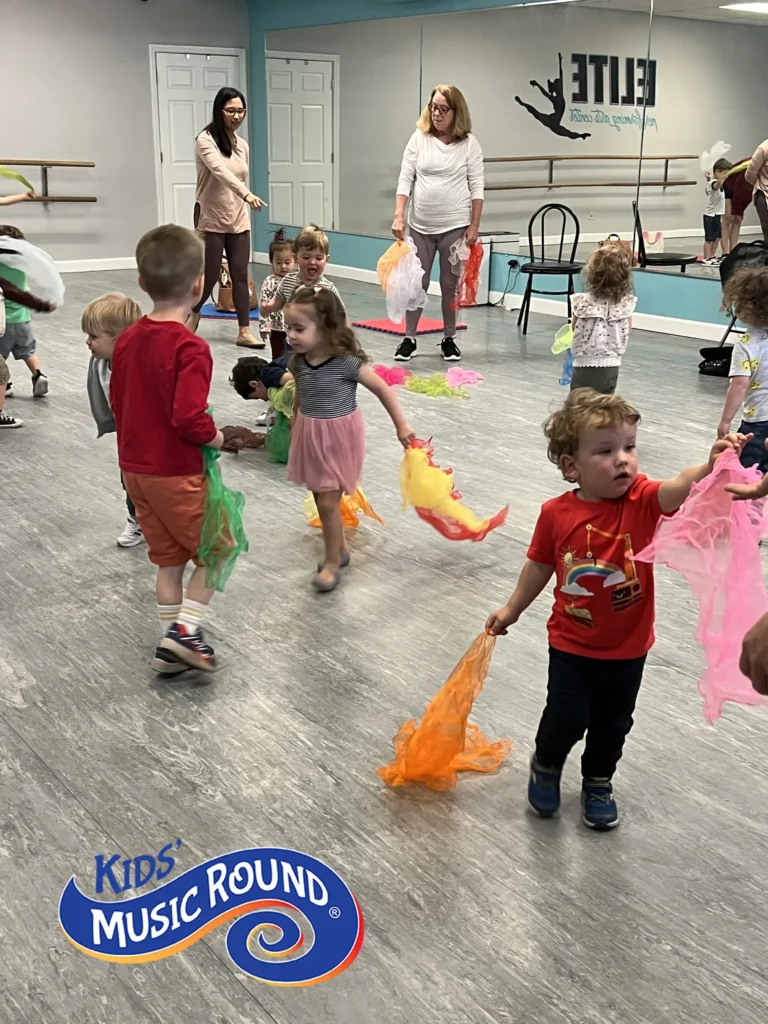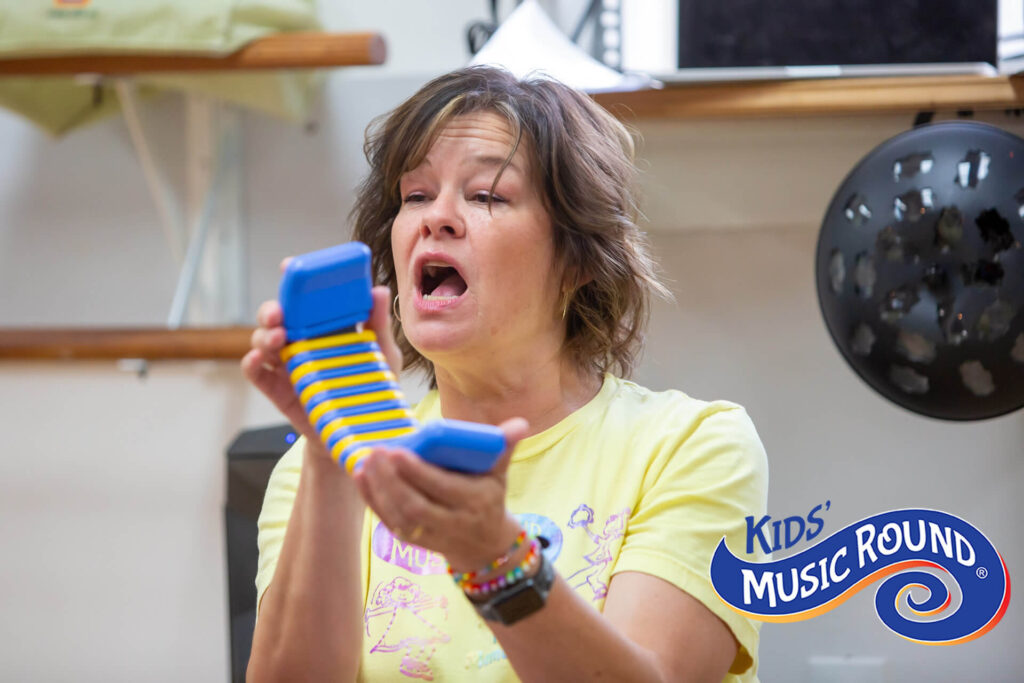Musical Tips for Preschool Classroom Management
“No, I don’t want to do that!” Have you heard this in your classroom? We all want children to have fun while learning, but what happens when fun goes awry? Older preschool children enjoy overseeing their decisions about themselves and are not afraid to tell you.
I remember teaching a 5-year-old class and hearing the exact phrase from above. My initial reaction was, “Now what?” Inevitably, this strong-willed child will entice other children to join the protest.
Below are ten suggestions to help with classroom management.
1. Acknowledge the child’s independence.
Say, “That’s up to you! You’re welcome to join in if you change your mind.” This is prime time for planned ignoring. Allow the child to watch, and don’t make a fuss. In addition to teaching the child that this is a classroom where personal autonomy is valued, you also communicate that non-preferred activities will happen at school and might even be fun!
If the activity rejection becomes a distraction, you might say, “I understand you may need a break.” As the music teacher, you have an activity involving an engaging prop next up, even if it means readjusting your plan. Explain, “When you are ready, we are playing the [instrument name] on the [specific area]. Please join us. Be sure the space the child is sitting in is free of distractions. If other children join the protest, separate them. A break needs quiet time. Allow this child to watch and join the activity when ready. This will guarantee cooperation.
2. Set up a classroom routine.
Routines provide structure and predictability, which are essential for young learners. Plan how children will enter, transition, and leave the room. For example:
- Greet them with music as they enter.
- Begin class with a hello song that incorporates the children’s names. Here’s ours if you don’t have a favorite yet! MP3: Listen here.
- Use creative transitions like marching or tiptoeing to their seats.
- Consider assigned seating for predictability. Bonus: This is a great way to help children learn to read their names! Here’s a template you can use to incorporate their name and picture. As the year goes on, cover up their picture with a sticky note and see if they can find their seats without the pictures!
- Finish class with a favorite goodbye song. Ours is the perfect complement to most hello songs because it is in triple meter. This will ensure we provide solid musical experiences while maintaining the consistency children need to thrive.
3. Learn and use names.
Personal connections enhance engagement, and children love hearing their names! Here are a few ways I like to incorporate them:
- Greet children by name as they enter the classroom.
- Sing each child’s name on a simple melody (e.g., “sol-mi”): “Mary, Mary finds her seat.” Substitute actions: “Mary, Mary [jumps] to her seat.”
- As part of your greeting song, wave a magic wand around each child as they find their seat.
- Sing, “Thank you, Mary” as children return their instruments.
- Say, “Let’s play Mary’s way” when suggesting a variation and to reinforce appropriate classroom behaviors.
4. Start with a body or vocal warm-up.
Children may have been sitting most of the day before arriving at music. Music class often feels less structured because it’s fun, so start with an activity that channels energy constructively. Try a body and vocal warm-up like The Wiggle Chant. MP3: Listen here.
- Vocal warm-up: Complement a wiggle from your toes to the ceiling with a vocal “oo.” Reach up high through all areas of space.
- Small movement: “My thumbs are starting to wiggle, and wiggle, and wiggle, and wiggle. My thumbs are starting to wiggle. Around, and around, and around.”
- Large movements: Progress to elbows, head, and feet. Include dynamic contrasts like jumping (loud) or creeping (soft).
- Add a Freeze game: Children stop moving when the music stops. This builds focus while warming up.
You have taught a new rhyme, warmed up the body, released pent-up energy, included a vocal warm-up on “oo,” and introduced dynamics and direction. You are a rock star! Take a bow!
Here’s my printable with a reminder of the words and movements.
5. Positivity!
Acknowledge good behavior and contributions. Positive feedback builds confidence and encourages the repetition of desirable behaviors. Assign special jobs, such as distributing instruments, to involve children actively.
6. Stay Flexible
Lesson plans are dynamic. Observe the energy and needs of your class and adapt accordingly. For example:
- If children seem restless, switch to a large, movement-based activity.
- Transition to a quieter, more focused task when the children are attentive.
Every class is unique. Keen observation and flexibility are key to effective classroom management.
7. Use Dynamics
Incorporate sudden changes in volume to capture attention. Switch from loud to soft or vice versa during songs or activities to keep children engaged.
8. Play Freeze Games
Children love Freeze games. Incorporate them into songs, dances, or transitions. For example, sing a song and have everyone freeze when the music stops. March to the beat of a drum, then freeze when the drumming stops.
9. Set Boundaries
Teach respect for classroom materials and space. Use simple, consistent language, such as: “It’s not OK to touch [item]. This doesn’t belong to [teacher name].” Reinforce boundaries to ensure safety and maintain focus. Redirect the child’s attention to something that can be touched and explored.
10. Introduce Props Strategically
Props like scarves, balls, or puppets can reinvigorate a lesson. Avoid overusing them; balance props with body-movement activities to keep lessons fresh and engaging. A more active class may need that extra prop now and then.
Try Puppets
Puppets are excellent for capturing attention and encouraging participation. Keep a variety on hand to add novelty and excitement to lessons. Here are a few ways I like to use them:
- Have the puppet introduce a new game.
- Invite the puppet out to hear the children sing.
- Ask the puppet to lead a song.
- Choose a puppet that can act out parts of the song.
Final Thoughts
Classroom management in a preschool music classroom can be fun and rewarding. Each child is unique and will respond differently to strategies, so remain patient, playful, and adaptable. Over time, you’ll refine your approach and build a thriving, joyful learning environment where every child can succeed.
Remember, with creativity, positivity, and flexibility, you’ve got this! Happy teaching!

